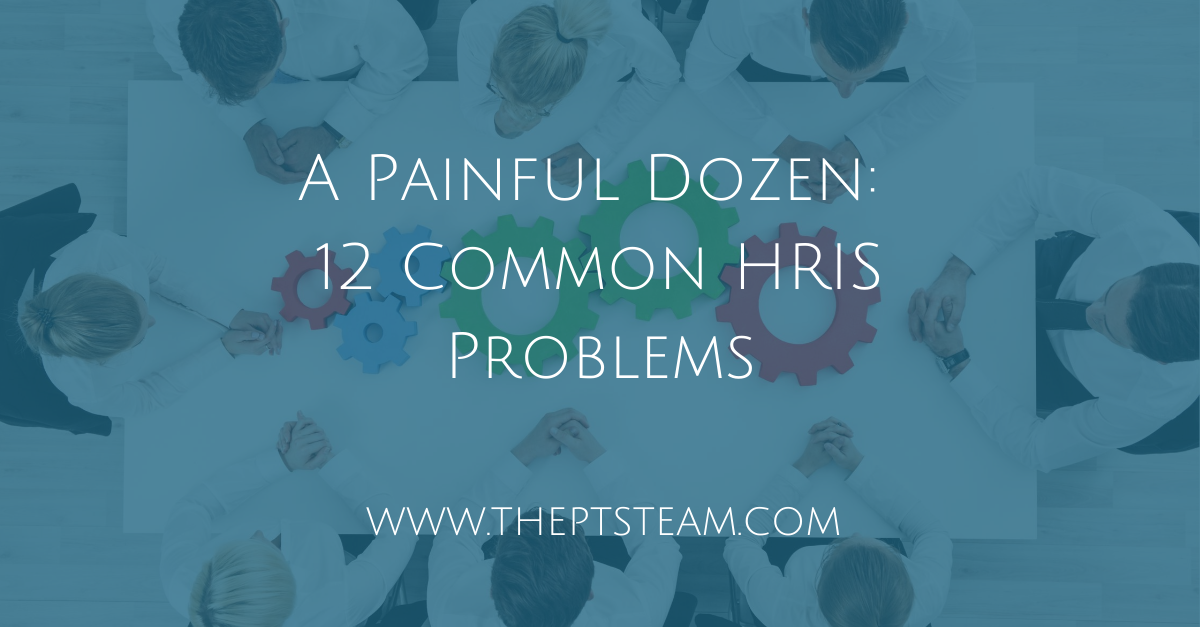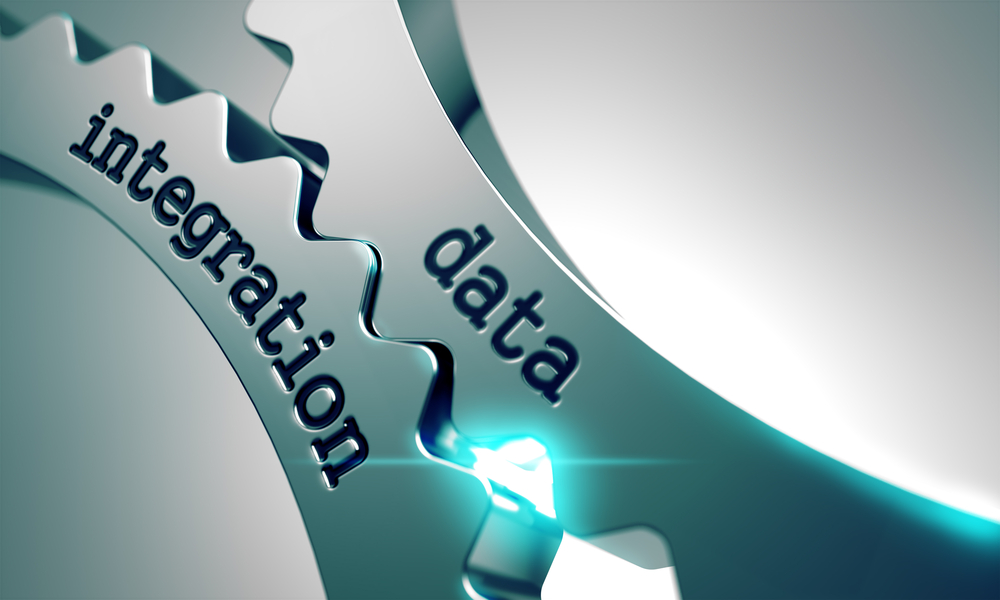The name says it all. A “human resource information system” (HRIS) is designed for managing information.
But HRIS capabilities do not have to stop at managing employee information like dates of birth and addresses or office safety guidelines. Integrating your HRIS with other HR technology saves you time and money and reduces errors and redundancies.
You should consider HRIS integration if your current system does not do everything you need, if you use best-of-breed solutions or if it would fit your budget better than a single suite of HR technology.
Here are some of the techs that integrate best with your HRIS.
Payroll
Payroll is as challenging as it is important, particularly for larger companies. Paying employees properly based on where they live and work as well as their personal tax situation requires accurate, up-to-date data on them as well as compliance with regulations in various jurisdictions, perhaps even several for a single employee. Taxes often vary by country, state, county, and municipality, for example.
Integrating payroll software with HRIS increases the accuracy of data by eliminating manual data entry, simultaneously updating information in multiple systems when a change is made in one place. If, for example, an employee updates their address in the HRIS, it can be automatically adjusted in the payroll system as well. This ensures that their withholdings are correct based on where they live. It also saves your staff the time of entering the information into the payroll system and eliminates the possibility of them making a mistake when entering the new address.
Benefits Administration
An employee’s interaction with benefits like health-care insurance or paid time off greatly influences their satisfaction. The better they feel their benefits are, and the easier they are to use, the more likely they are to use them and to be satisfied.
“The integration of HRIS frameworks with third-party digital benefits administration providers will allow the seamless exchange of data, transforming renewal plans, and thus boosting engagement. These integrations and digitization movements will eradicate manual intervention and paperwork, ensuring the entire process is faster and more streamlined,” according to an HR Technologist article on what’s next for digital benefits administration.
When your employees feel good about their benefits, they feel good about you.
Applicant Tracking System (ATS)
An employee’s engagement with your organization begins with their application. In addition to helping recruiters identify leading candidates, an applicant tracking system enables you to move a potential employee from applicant to new hire. Integrating your HRIS with your ATS streamlines the entire process.
With an ATS, an applicant ensures that their information is correct at the beginning. Then, if they are hired, you can auto-populate your HRIS with data that the new employee entered during the application process. You can also pull insightful reports that merge information from both your HRIS and your ATS, thereby giving you insights into potential problems and opportunities in recruiting and retention.
Talent Management
Hiring, developing, and retaining talented employees is essential to achieving business goals ― and adding talent management solutions to your HR system of record helps that happen. Integrating your HRIS with your talent management system enables you to improve employee performance, productivity, and retention by leveraging data and streamlining processes.
When you integrate performance management with your HRIS, you can use data like job descriptions, competencies, and goals to ensure employees are evaluated consistently across your organization. You can also schedule recurring performance reviews, like every six months, perhaps incorporating self-evaluations by employees in addition to a manager’s appraisal. This consistent feedback will keep your organization and your employees aligned and support continuous improvement.
Similarly, integrating compensation management allows you to reward employees fairly and equitably based on objective data and deliberate processes. Compensation can be reviewed at predetermined intervals, like annually, and adjusted according to established criteria, like targeted changes in key performance indicators.
Learning Management System
Like their benefits, employees value opportunities to learn and grow. An efficient learning management system (LMS) makes it easier for them to do so.
Integrating your LMS with your HRIS lets you choose the best learning software for your employees and fully customize it to your business, instead of settling for an out-of-the-box solution that may not meet your needs. You can also reduce errors by synching employee information and records of completed training. You can use reports culled from both systems to optimize training based upon trends as well.
As the centralized repository of employee data, your HRIS has a wealth of information. When you integrate your HRIS with other HR technology, you do more than manage information, you increase efficiency and improve the employee experience ― making your company better.
As a market leader in HCM technology consulting, Providence Technology Solutions streamlines processes and services to help companies achieve their business goals and enhance ROI. Learn how we can save you time and money while reducing errors and redundancies through our Integration and Testing Solutions.
Contact us today to discuss your HRIS integration needs online, by email at info@theptsteam.com, or by calling 904.719.8264.











